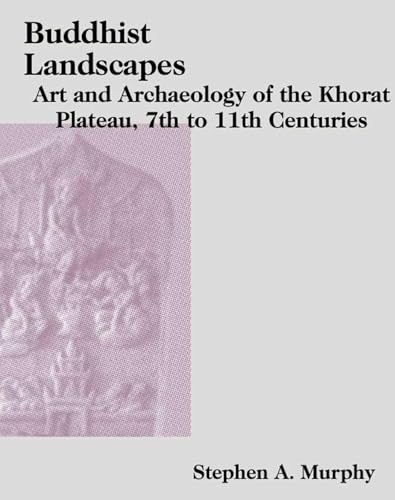Spring 2007 (Asian Perspectives) – This year’s first edition of the journal Asian Perspectives has a paper on Burmese archaeology, focusing on three walled and moated sites. Asian Perspectives is a subscription-based journal; the abstract is featured in this post.
The Gold Coast: Suvannabhumi? Lower Myanmar Walled Sites of the First Millennium A.D.
Elizabeth Moore, San WinThe high rainfall of the Lower Myanmar coast is balanced by the aridity of the country’s inland plains. The article profiles three sites in a laterite-rich area located in the northern part of the Lower Myanmar peninsula. The walls and moats of these sites underline their role in water management, one where control of water was the decisive catalyst. The sites of Kyaikkatha, Kelasa, and Winka illustrate how slight changes in topography signal critical junctures, the points where walls and moats were constructed. As a result, up to seven walls flank the higher edges of these sites; these protected the interior by diverting excess water to lower areas. Using large finger-marked bricks and terra-cotta artifacts such as votive tablets, plaques, and architectural elements, a broad chronology of c. the sixth to ninth centuries A.D. is proposed, although a majority of the pieces dated to the seventh century A.D. Attention is also drawn to evidence of Lower Myanmar prehistoric habitation in lowland areas close to the coast, where natural and man-made changes continue to alter the ecology and affect archaeological interpretation. The survey is used to encourage comparative studies, drawing in environmentally diverse but culturally related areas of South and Southeast Asia.























